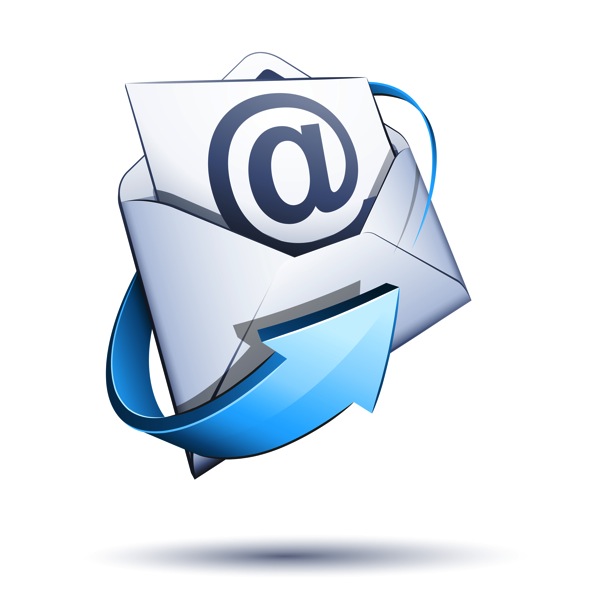12 Quick Tips for Writing a Professional Email
/

This article has been adapted from an article of the same name posted on About.Com: Grammar and Composition.
How you communicate is essential for your effectiveness and leadership. Spending a few minutes reflecting on how to improve your communications can enhance your leadership and help you achieve the results you are seeking.
Despite the popularity of texting and social media, email remains one of the most common forms of written communication–and the most commonly abused. Consider this email message recently sent to all staff members on a large university campus:
It is time to renew your faculty/staff parking decals. New decals are required by Nov. 1. Parking Rules and Regulations require that all vehicles driven on campus must display the current decal.
Instead, consider how much nicer and more effective the email would be if we simply added a “please” and addressed the reader directly:
Please renew your faculty/staff parking decals by November 1.
Of course, if the author of the email had been keeping his readers in mind, he might have included another useful tidbit: a clue as to how and where to renew the decals.
The Tips
1. Always fill in the subject line with a descriptive topic that means something to your reader: Not “Decals” or “Important!” but “Deadline for New Parking Decals.” Keep it short and descriptive. Taking time to write a good subject line has two advantages: 1) It helps the recipient know why the email is important and should be read and 2) It will help you and the recipient find the email later if needed. Never leave the subject line blank.
2. Do not “hijack” an email. Hijacking is starting a new subject in an existing email conversation. This is confusing and makes finding the needed email later much more difficult.
3. Put your main point in the opening sentence. Most readers won’t stick around for a surprise ending. Get to the point immediately.
4. Never begin a message with a vague “This”–as in “This needs to be done by 5:00.” Always specify what you’re writing about.
5. Don’t use ALL CAPITALS (no shouting!), or all lower-case letters either. Using ALL CAPS is hard to read and comes across as rude and unprofessional.
6. As a general rule, PLZ avoid “textspeak” (abbreviations and acronyms): you may be ROFLOL (rolling on the floor laughing out loud), but your reader may be left wondering WUWT (what’s up with that).
7. Be brief. If your message runs longer than two or three short paragraphs, consider (a) reducing the message, (b) providing an attachment, or (c) picking up the phone and calling.
Keep you paragraphs short and whenever appropriate, use bullet points for key information. Consider bolding important information. For example, when sending an email about a meeting, consider using bullet points and bold to make it easy for your recipient to spot the important details:
- Meeting Date: xxxx
- Meeting Time: xxxx
- Meeting Location: xxxx
8. Limit the number of recipients for your emails. To combat the wasted time associated with emails send and/or copied to too many employees, Ferrari just implemented a new policy putting the brakes on staff emails.
The luxury car manufacturer said it was targeting time wasting and inefficiency by limiting the number of people staff can send emails to. From now on, each Ferrari employee would only be able to send the same email to three people in-house, Ferrari said in a statement. "Ferrari's employees will be talking to their colleagues more from today forward," Ferrari said.
"To incentivise more efficient and direct communication within the company, the decision has been made to place much stricter limits on the number of emails being sent.'' … The injudicious sending of emails with dozens of recipients often on subjects with no relevance to most of the latter is one of the main causes of time wastage and inefficiency in the average working day in business,'' Ferrari said.
"Ferrari has therefore decided to nip the problem in the bud by issuing a very clear and simple instruction to its employees: talk to each other more and write less."
9. Remember to say “please” and “thank you.” Always be courteous, friendly, and professional.
10. Add a signature block with appropriate contact information (in most cases, your name, business address, and phone number. Do you need to clutter the signature block with a clever quotation and artwork? Probably not.
11. Edit and proofread before hitting “send.” You may think you’re too busy to sweat the small stuff, but unfortunately your reader may think you’re a careless dolt.
12. Finally, reply promptly to serious messages. If you need more than 24 hours to collect information or make a decision, send a brief response explaining the delay.
Following these tips will make your communication more effective and professional. They will also enhance your leadership and be a blessing to those who receive your emails.
